THE ground where the greatest cricketer of all time produced his most famous feat could be about to disappear.
In 1968, legendary West Indies all-rounder Sir Garry Sobers became the first man to strike six sixes in a single over.
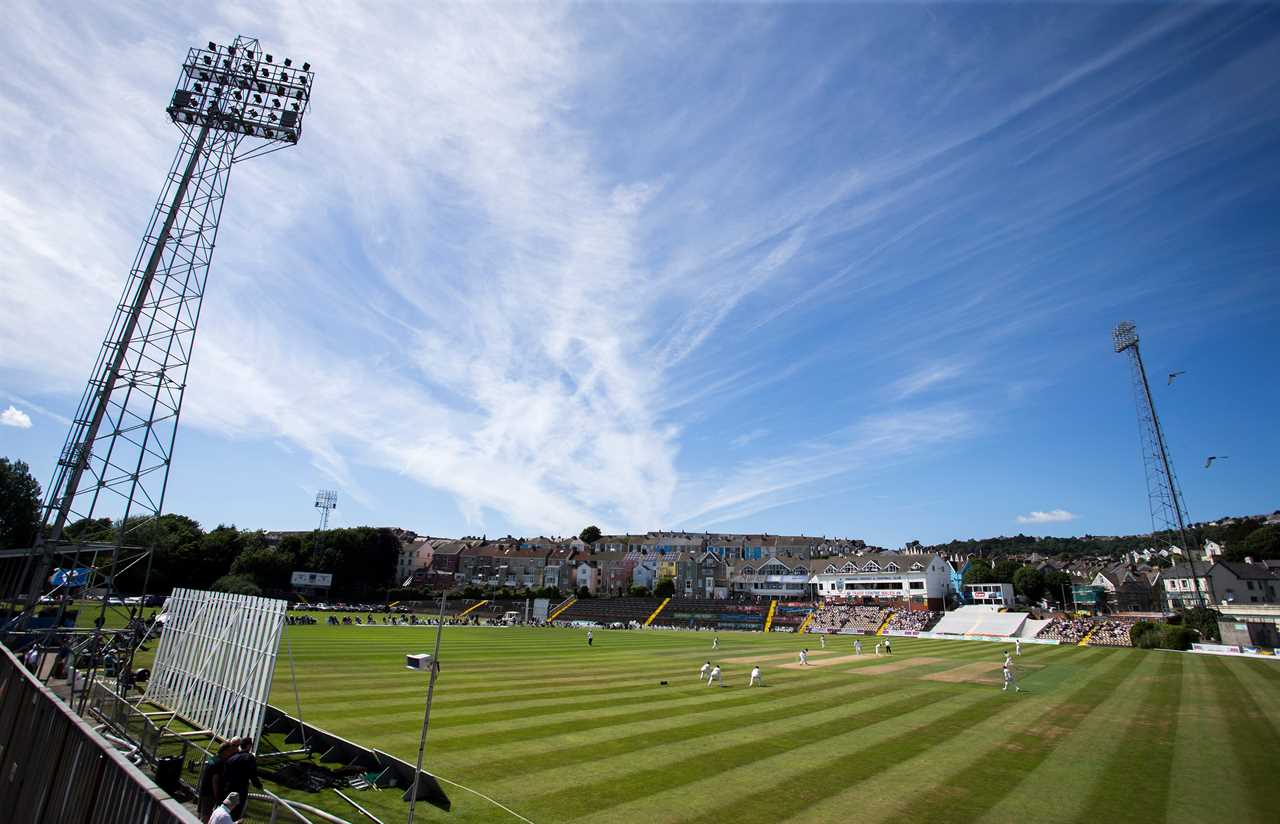
The ground where the greatest cricketer of all time produced his most famous feat could disappear
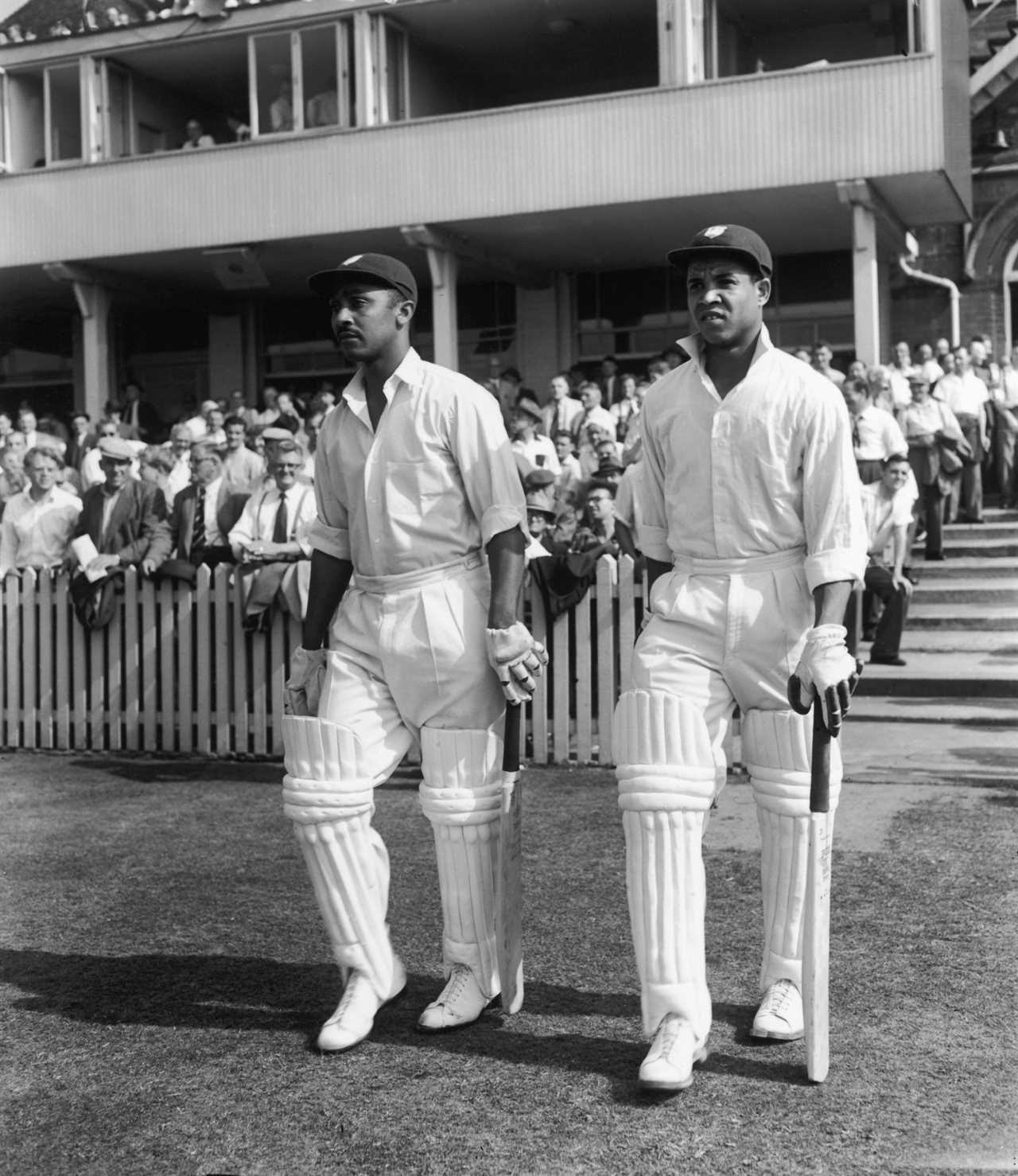
West Indies legend Garfield Sobers (R) became the first man to strike six sixes in a single over
He did it playing for Notts against Glamorgan at the St.Helens ground in Swansea.
It remains one of cricket’s most fabled achievements and has been repeated only once in first-class cricket in the intervening 56 years.
A few batsmen have managed 36 in an over in white-ball cricket – including, of course, India’s Yuvraj Singh off Stuart Broad during the 2007 Twenty20 World Cup.
St.Helens is now on the brink of being ordered for redevelopment and turned into a rugby-only arena and home of the Ospreys. A final decision is expected later this month (June).
It would bring to an end to a century and a half of cricket being played on the ground.
Glamorgan beat the Australians in Swansea on two successive tours – 1964 and 1968 – and the ground has even staged two one-day internationals.
St.Helens is also believed to be the ground in the UK that is closest to the sea.
Malcolm Nash was the unlucky bowler that day in August 1968 when Sobers launched his left-arm spinners – Nash usually bowled left-arm seam – into the sky.
BEST FREE BET SIGN UP OFFERS FOR UK BOOKMAKERS
The fifth six was almost caught at long off but the fielder touched the rope. The final ball was deposited clean out of the ground and into a nearby street.
The ball was lost until returned the next day by a young lad who had picked it up.
Sobers is widely regarded as cricket’s most complete talent because of his devastating left-handed batting coupled with his ability to bowl fast, swing, orthodox left-arm spin and left-arm wrist spin as well as being a brilliant fielder and catcher. He even kept wicket at times.
He held the world Test record score of 365 for many years until the figure was beaten by Brian Lara.
Sobers, now 87, has recalled: “I always had a big backlift because I learned to play cricket with a tennis ball and had to hit the ball as hard as possible. Otherwise, it wouldn’t go anywhere.
“I wasn’t thinking about six sixes during the over. But then I thought the last ball had to go.
“I didn’t care where Malcolm bowled, it was going for six. I knew he was going to try to trick me and bowl a quicker one but I managed to hit it well.”
Nash, who died in 2019 aged 74, lived in Swansea and was a regular at St.Helens even after he stopped playing.
Swansea Cricket Club are the current South Wales Premier League champions and next year will mark their 150th anniversary of playing at St.Helens.
Club chair Mike Hayden, who opens the batting for Wales over-60s and scored a century against India in the 2022 World Cup for over-60s, said: “It will be a real shame if cricket stops at St.Helens because the ground has so much history.
“One of the problems is the proximity to the houses. Far more sixes are hit these days and it is considered a health and safety concern.
“We’re a strong club, running three senior, four junior and a ladies team, and need a good ground. But finding another one of the right standards is not easy.
“Swansea City Council are the landlords at St.Helens and we should know more about their plans in the next couple of weeks.
“But it does look like the ground will be redeveloped as the rugby-only home of the Ospreys.”

Sobers hit six sixes for Notts against Glamorgan at the St.Helens in 1968
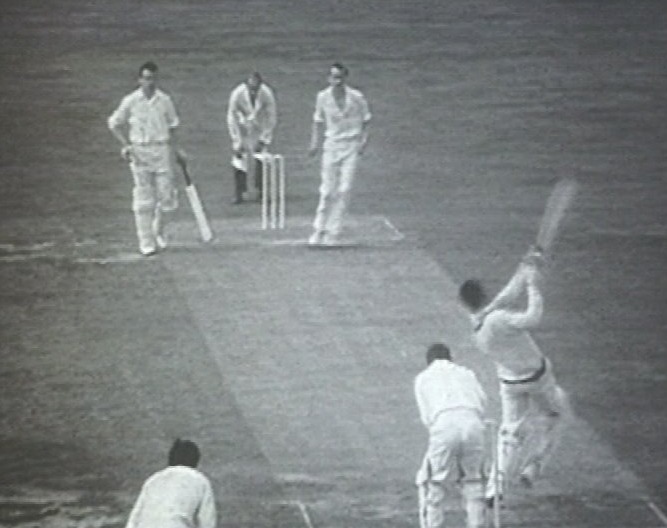
It remains one of cricket’s most fabled achievements
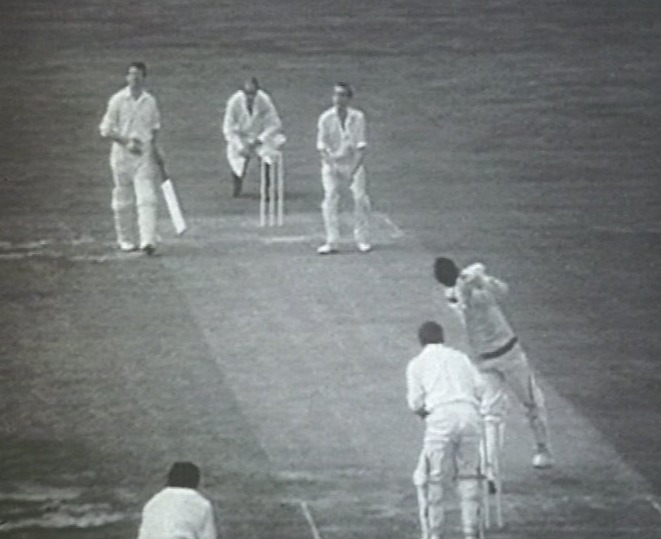
It has been repeated only once in first-class cricket in 56 years
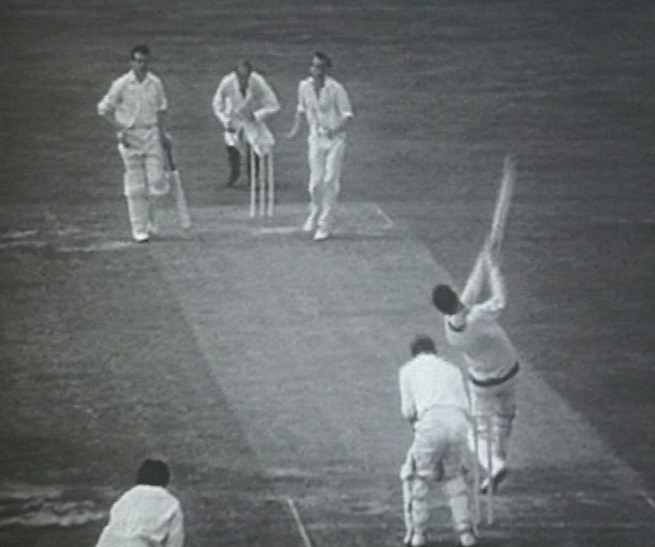
Only a few batsmen have managed 36 in an over in white-ball cricket
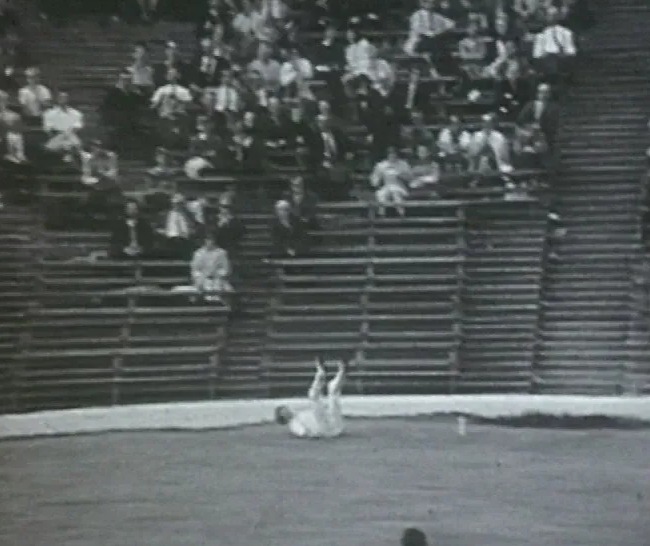
But St.Helens is now on the brink of being ordered for redevelopment
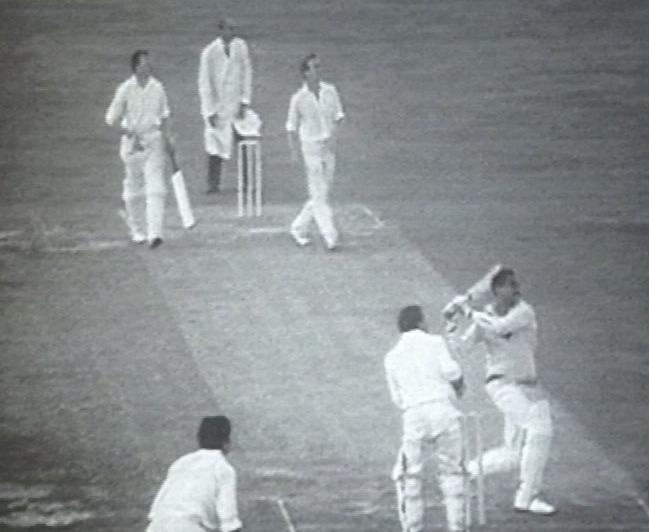
So it can be turned into a rugby-only arena and home of the Ospreys
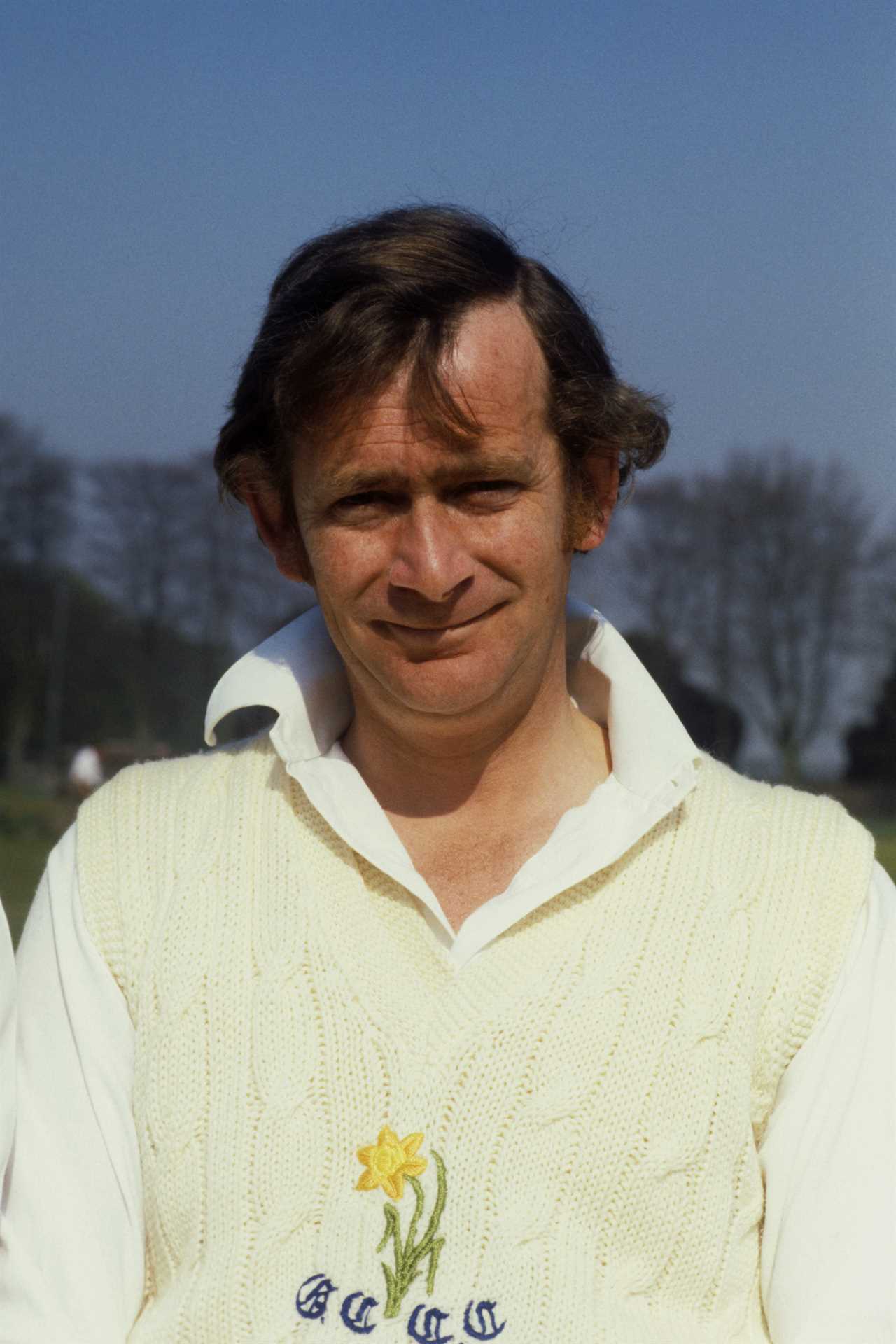
Glamorgan’s Malcolm Nash was the unlucky bowler that day in August 1968
 Cricket NewsTips and TricksPrivacy PolicyTerms And Conditions
Cricket NewsTips and TricksPrivacy PolicyTerms And Conditions
